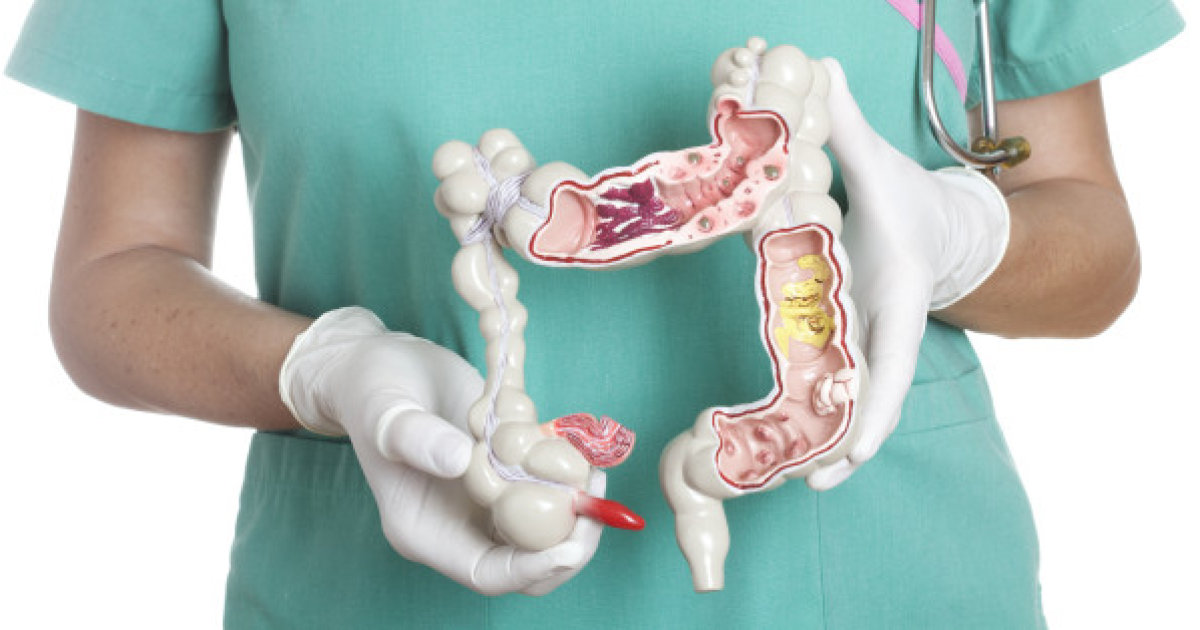The Most Common Types Of Colon Polyps And Polyp Disorders
A polyp is a non-cancerous growth found on mucous membranes, including those found in the digestive tract, nose, mouth, uterus, bladder, and genitals. They are termed benign, or noncancerous, but over time can become cancerous if left untreated. Like many forms of cancer, polyps are often discovered during routine screenings. For colon polyps, that includes colonoscopies. Polyps of the colon have two defined shapes, pedunculated and sessile and are classified by type; some common and others rare.
Lymphoid

Otherwise known as lymphoid hyperplasia, this is a benign growth, generally found in the presence of clusters of lymphoid follicles in the colon or rectum. Detected on a lymphoid by radiographic x-rays are small polypoid lesions, either localized or generalized. When symptoms like bleeding, pain, bowel movement changes, and intussusception arise, diagnosis is made through a biopsy, and removal is typically performed to eliminate any chance of the polyps being mistaken for malignant forms.
Inflammatory

Inflammatory polyps are benign and do not have the capability of becoming cancerous. As the name suggests, inflammatory polyps develop in patients who have conditions of chronic inflammation, such as inflammatory bowel disease, Crohn’s disease, and ulcerative colitis. These polyps may be characterized by finger-like projections called filiform. They are sometimes accompanied by pain, and if the growths are large, can cause obstruction or folding of one portion of the intestine within another (intussusception).
